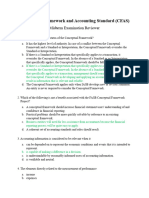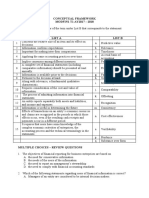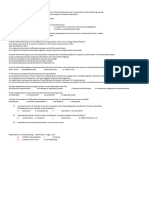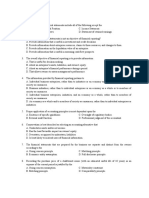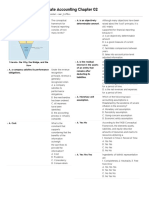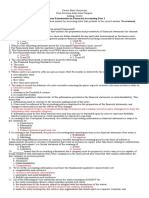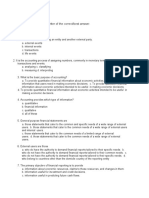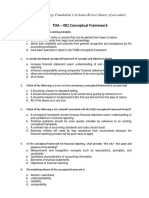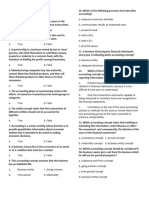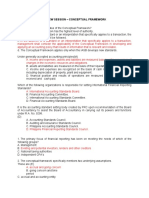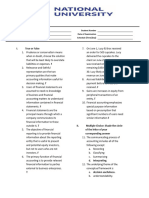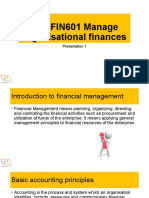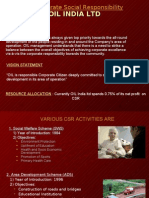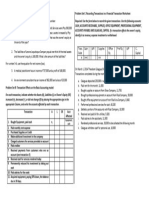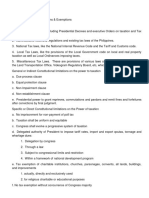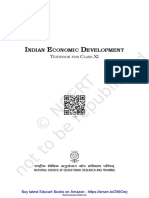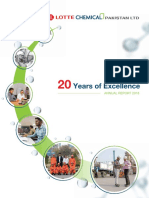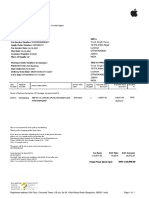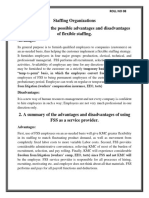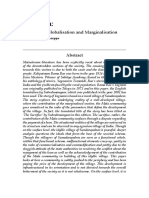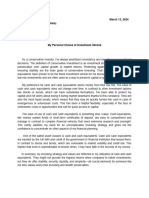0% found this document useful (0 votes)
16 views4 pagesTutorials 1
The document outlines a series of true/false statements and multiple-choice questions related to the Conceptual Framework and accounting standards. It covers fundamental accounting concepts, principles, and the roles of various accounting bodies. The answers to the questions are provided at the end of the document.
Uploaded by
Alshijad AbasCopyright
© © All Rights Reserved
We take content rights seriously. If you suspect this is your content, claim it here.
Available Formats
Download as DOCX, PDF, TXT or read online on Scribd
0% found this document useful (0 votes)
16 views4 pagesTutorials 1
The document outlines a series of true/false statements and multiple-choice questions related to the Conceptual Framework and accounting standards. It covers fundamental accounting concepts, principles, and the roles of various accounting bodies. The answers to the questions are provided at the end of the document.
Uploaded by
Alshijad AbasCopyright
© © All Rights Reserved
We take content rights seriously. If you suspect this is your content, claim it here.
Available Formats
Download as DOCX, PDF, TXT or read online on Scribd
/ 4


